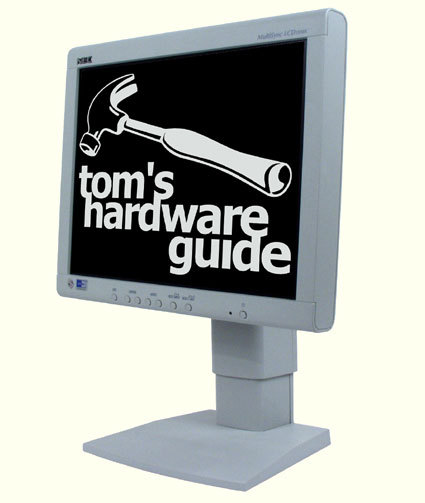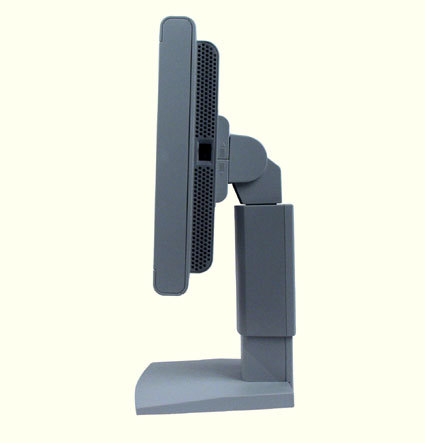Comparison of 15" LCD Monitors - Part II
NEC LCD1550X
Just as a reminder, we have already tested quite a few screens based on TN + Film and MVA (see the technical sections in our previous test A Comparison of 14 LCD Monitors). The 1550X was the last screen we tested. It is based on S-IPS, an alternative technology that is less widespread than MVA, although people who use it claim that it is very competitive. Naturally, we were interested in finding out whether or not this panel lives up to its good reputation.
IPS panels made their initial appearance after the TN panels. They aimed to remedy many of the defects of the earlier screens, especially with improvements in color rendering. A major problem with LCD screens is the angle of vision. In this respect, the 1550X is indeed impressive. The image does not turn white or black, whatever the angle. But the only people who are really interested in this information are companies that want to set up a wall of screens or place a screen at a reception desk.
As for possible adjustments, the OSD menu offers the option of automatic adjustment not only of the phase and clock, but also of the contrast and brightness of the screen. The result is accurate but slightly too bright for our taste. Once that's done, it's a good idea to reduce it slightly, manually.
| Color | Darkest tone displayed | Lightest shade displayed |
|---|---|---|
| Gray pattern | 0 | 250 |
| Red pattern | 2 | 247 |
| Green pattern | 0 | 250 |
| Blue pattern | 2 | 247 |
After correcting the brightness just slightly, the screen displays even the darkest colors very well. Unfortunately, the same cannot be said for the pale colors. All of them are slightly off!
As for the response time, all we can say is it's a pity that the IPS technology did not develop at the same rate as the TN + Film. The panel is significantly less responsive than its rivals. And the speed at which the pixels refresh is inadequate for many fast-moving games, such as car racing or action games.
That's why this technology is not a selling point for manufacturers that want to market a product. However, the IPS concept has a long way to go. The advantages of this particular screen are its sliding height adjustment stand and the pivoting option. The first point is acceptable, and even appreciated. But the second is not all that hot: an image size of 768 pixels isn't usable on an Internet optimized for 800 dots...
Get Tom's Hardware's best news and in-depth reviews, straight to your inbox.

